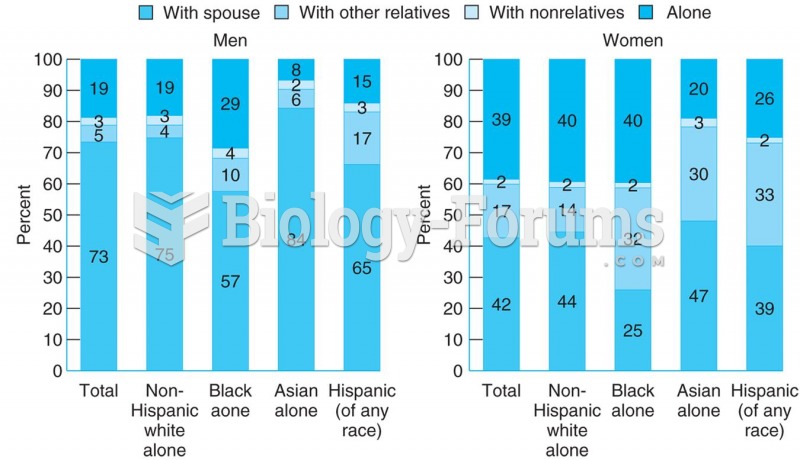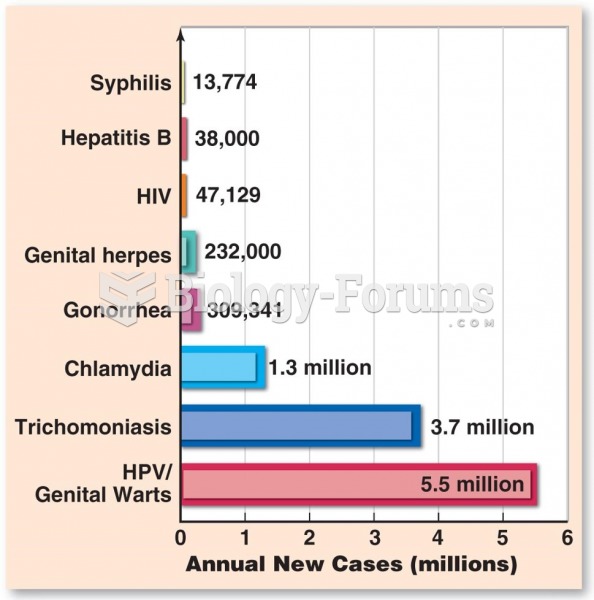Answer to Question 1
Protestants constitute the largest religious body in the United States. Social science research continues to identify significant patterns between social class and religious denominations. Historically, those denominations with the most affluent and the higher social status have been the mainline liberal churches, such as the Episcopalians and the Presbyterians.
The earliest members of some of these churches in the United States were immigrants from Britain, who were also instrumental in establishing the U.S. government and the capitalist economy. Since that time, people with high levels of economic and political power have been closely linked to these denominations; however, members of these denominations also come from the middle and working classes and from minority groups. Although the Presbyterian church is typically characterized as middle-class and the Baptist church as working-class and lower-income, both of these denominations also have members from a wide diversity of income levels. As more middle- and upper- income individuals and families moved to the suburbs during the twentieth century, some churches followed the members of their congregation to the suburbs. This pattern is known as upgrading and results in the church having new facilities and more members who are in the upper-middle and upper classes. When church leaders seek to include people from the immediate neighborhood in the life of the church, some longtime members find the experience too disruptive and discourage future endeavors to reach out to the surrounding community.
As a result, the church may stagnate as older members die or move away. On the other hand, racial and cultural minorities who feel overpowered by their lack of economic resources may be drawn to churches that help them establish a sense of dignity and personal integrity that is otherwise missing in their daily social interactions.
Answer to Question 2
c






